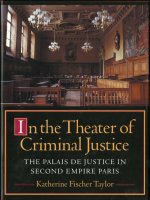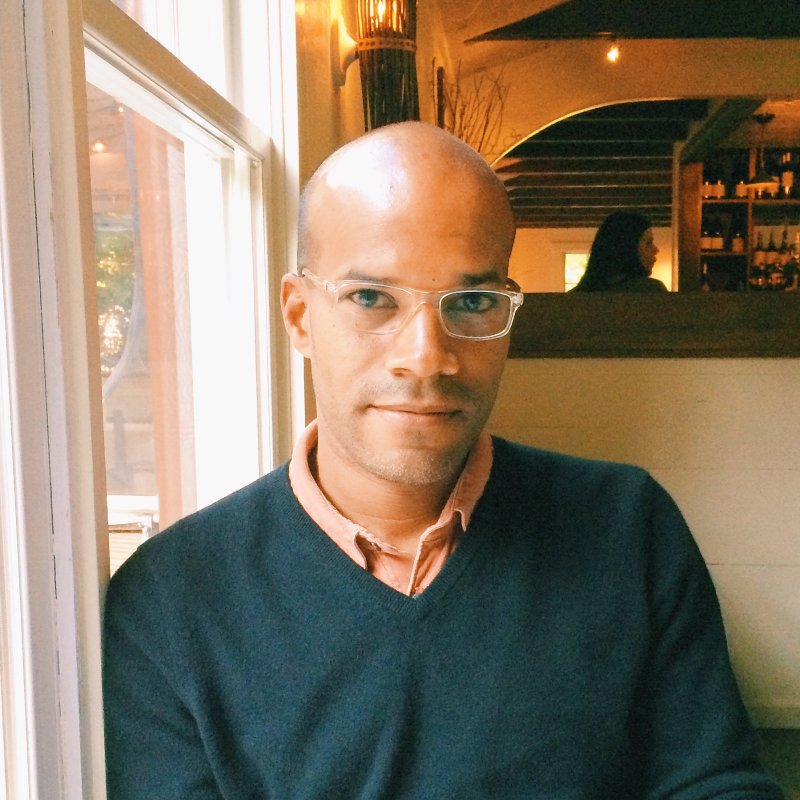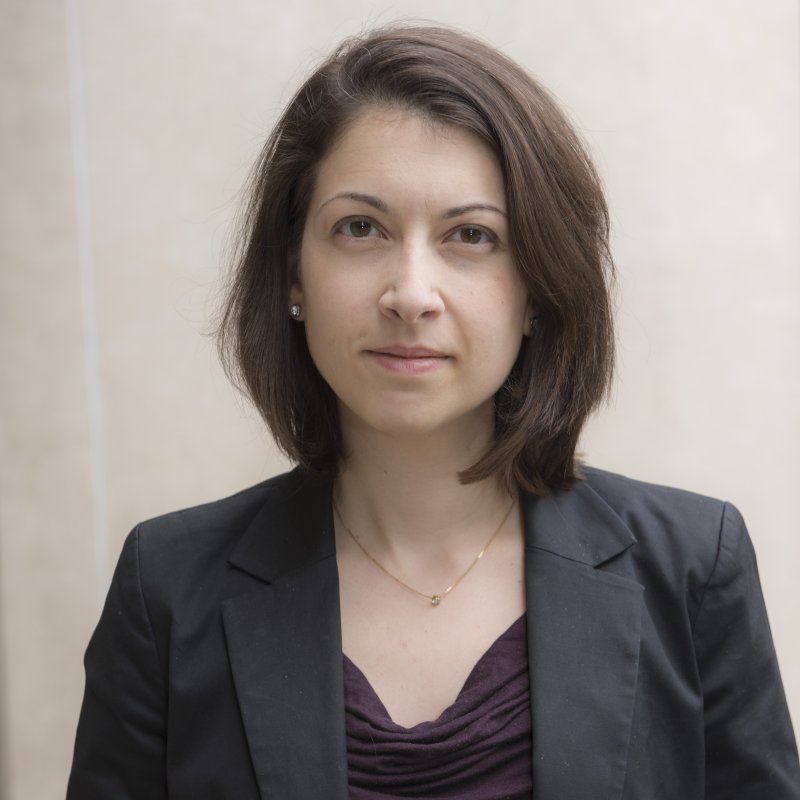Biography
Katherine Fischer Taylor teaches the history of architecture and urbanism in western Europe and the U.S. from the Enlightenment to the present. Her training includes a year at the former Institute for Architecture and Urban Studies in New York, before earning her PhD at Harvard University.
Taylor’s publications explore the social use and reception of buildings, particularly government buildings such as courthouses. Interested in architecture and the public, she wrote her dissertation on the modernization of the ancient Paris courthouse between 1835 and World War I, which she interpreted as a continually updated portrait of the evolving post-revolutionary French judicial system, against the grain of traditional French legal history. Based on her rediscovery of the architectural drawings, the study reconstructs the campaign, which mixed renovation, restoration, and new construction, in its legal context. It is summarized in her chapter, “Le Code et l’équité. La transformation du Palais de Justice de Paris au XIXe siècle” in La Justice en ses temples, 1992. Her thematic book, In the Theater of Criminal Justice: The Palais de Justice in Second Empire Paris, 1993, analyzes the dynamics and politics of criminal justice relative to their setting in a new criminal wing opened in 1868. Examining the use of the building from the varied perspectives of a range of actors from professionals to jury and public spectators at a major, contemporaneous trial, it broadens the interpretation of architecture by treating social performance as the reception of buildings by people unschooled in architecture. The book won the Society of Architectural Historians’ Spiro Kostof Award. Taylor adapted this approach to the early history of the dissimilar American judicial system and its architecture in her chapter, “First Appearances: the Material Setting and Culture of the Early Supreme Court” in The Supreme Court of the United States, 2009.
Further studies analyze how the political status of justice affects its architecture. Her chapter, “The Festival of Justice: Paris, 1849,” in Law and the Image, 1999, studies a unique ceremony to demonstrate the intertwining of two controversies: the proper architectural relationship between the expanding courthouse and the famous Gothic Sainte-Chapelle within its boundaries, and the proper political relationship between justice and the state after the Revolution of 1848, when the government purged the judiciary. A new article, “The Unanticipated Politics of Heritage in 1830s France: A Walk-In Diorama at the Supreme Court,” interprets one of the first polychrome restorations of a historic interior in France, the late medieval entrance corridor of the French supreme court in 1833, documenting its importance to the restoration of the Sainte-Chapelle and showing how the restored interior changed the judiciary’s view of its institution and contributed to a new law increasing the court’s political autonomy.
Taylor has two current projects. With students, she is researching an exhibition on the introduction of modernist planning and architecture to the university’s collegiate Gothic campus; in tandem, she is writing an architectural history of Hyde Park’s urban renewal – familiar as planning history but scarcely considered as architecture – from the vantage point of Chicago modernist architect Harry Weese’s contribution to the neighborhood and campus. She is also working on an extended study of the changing relationship among the executive, legislative, and judicial authorities in France from the 1780s, shortly before the Revolution of 1789, to the 1830s. It asks how the replacement of absolutist monarchy by a separation of governmental powers with a new definition of sovereignty affected the government’s different architectural settings and the way they were used. One component is her 2013 article, “Geometries of Power: Royal, Revolutionary, and Postrevolutionary French Courtrooms," which reconstructs the patterns and historical significance of different courtroom layouts—diamond-shaped, square, circular, and rectangular. She is now examining the difference of legislative settings and culture from their judicial counterparts, including the vexed use of legislatures as sites of state trials.
Taylor’s interests are also methodological. She has written on the status of architecture in art history departments (“Architecture’s Place in Art History: Art or Adjunct?” 2001) and on the unwitting practice of visual culture across disciplines in the university (Looking to Learn: Visual Pedagogy at the University of Chicago, exhibition catalog with Linda Seidel and students, 1998), and has served as a conference session respondent on the use of Foucault and Habermas and on performativity in architectural history.



















